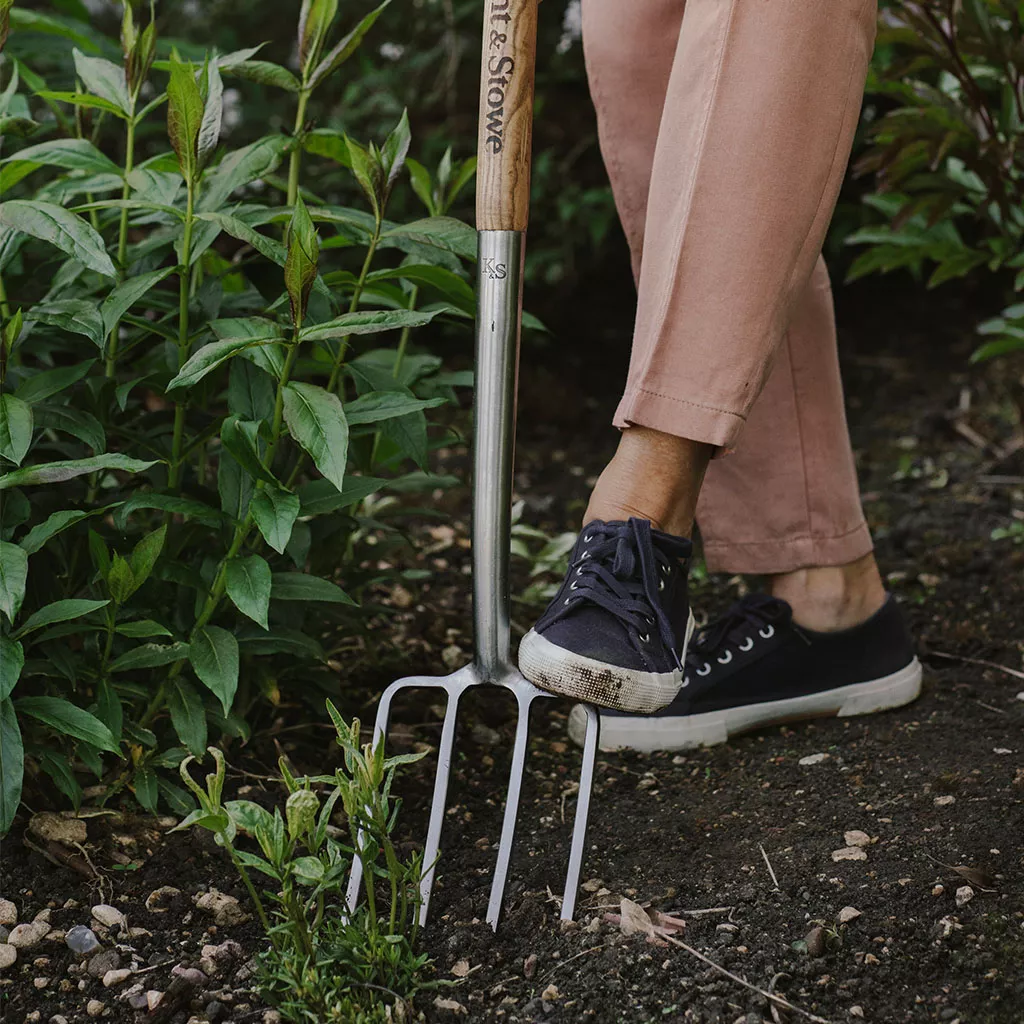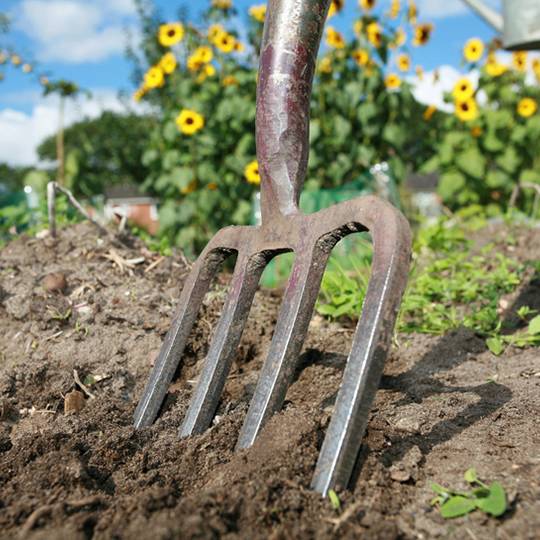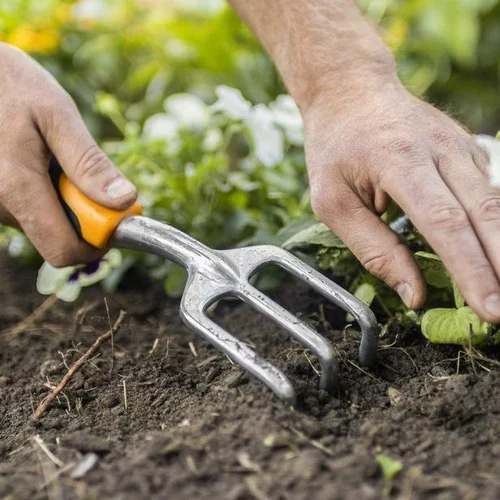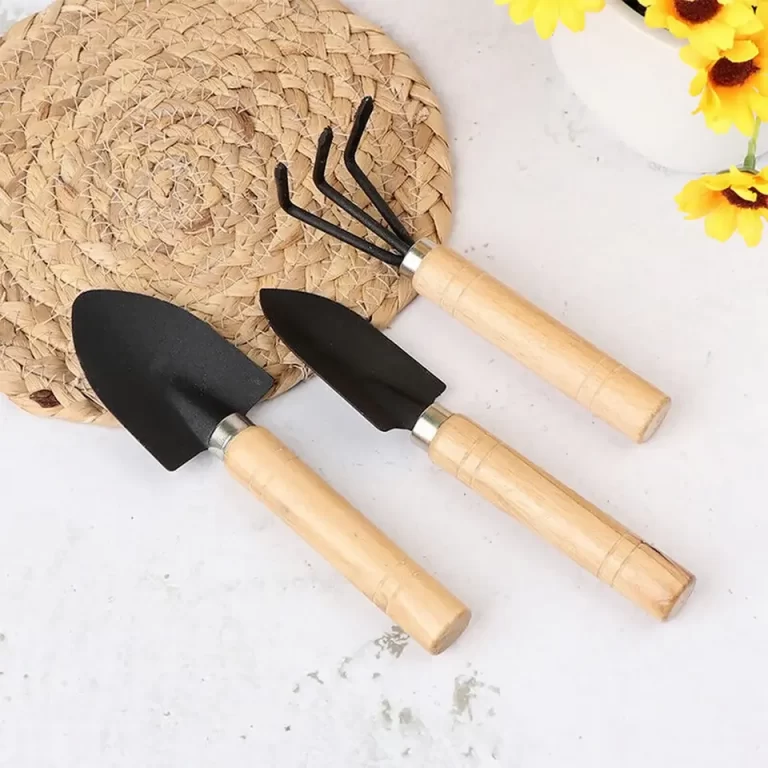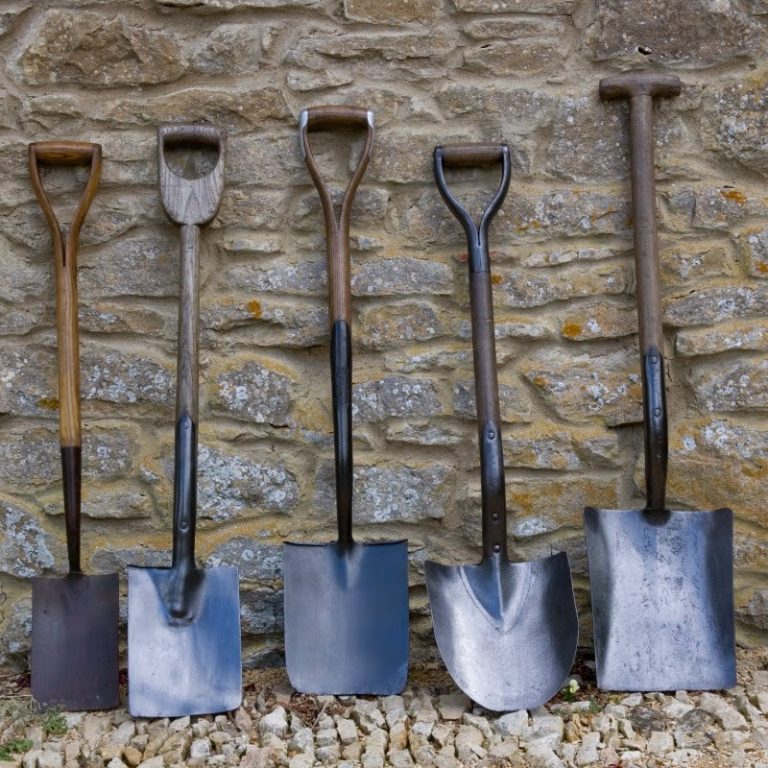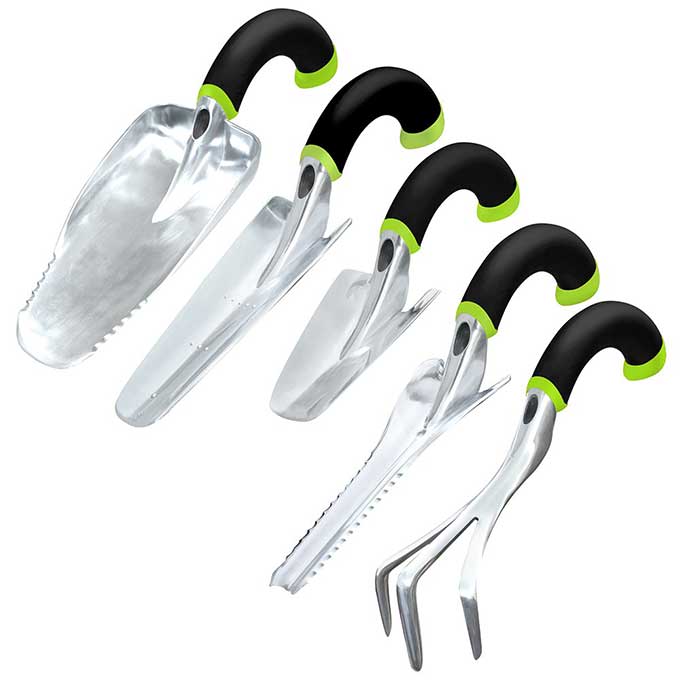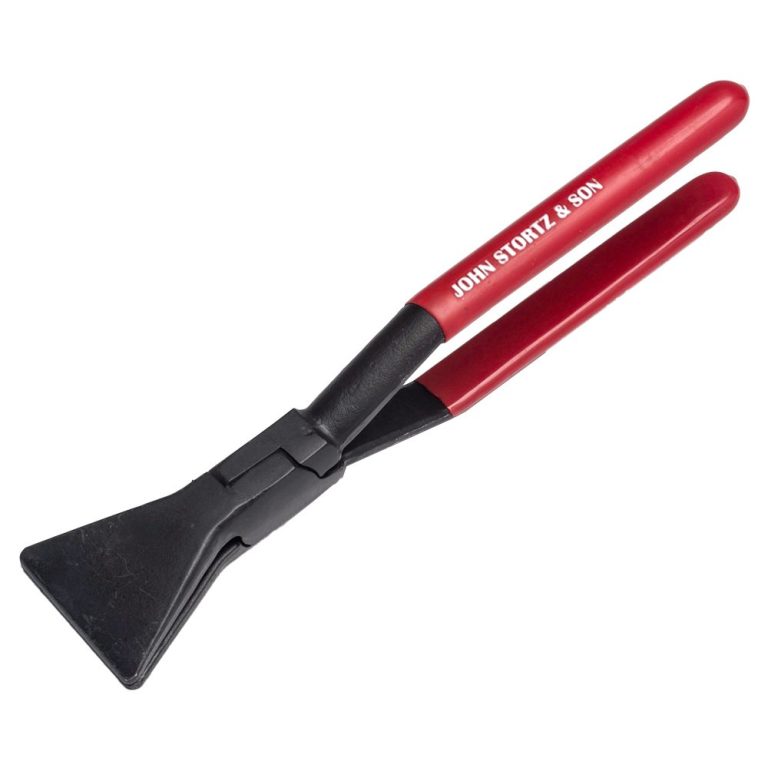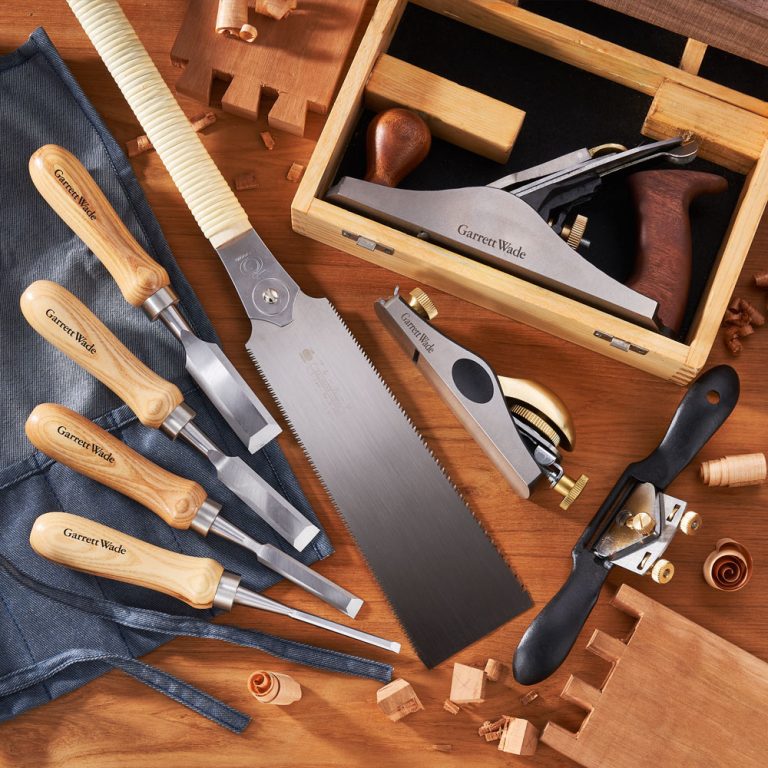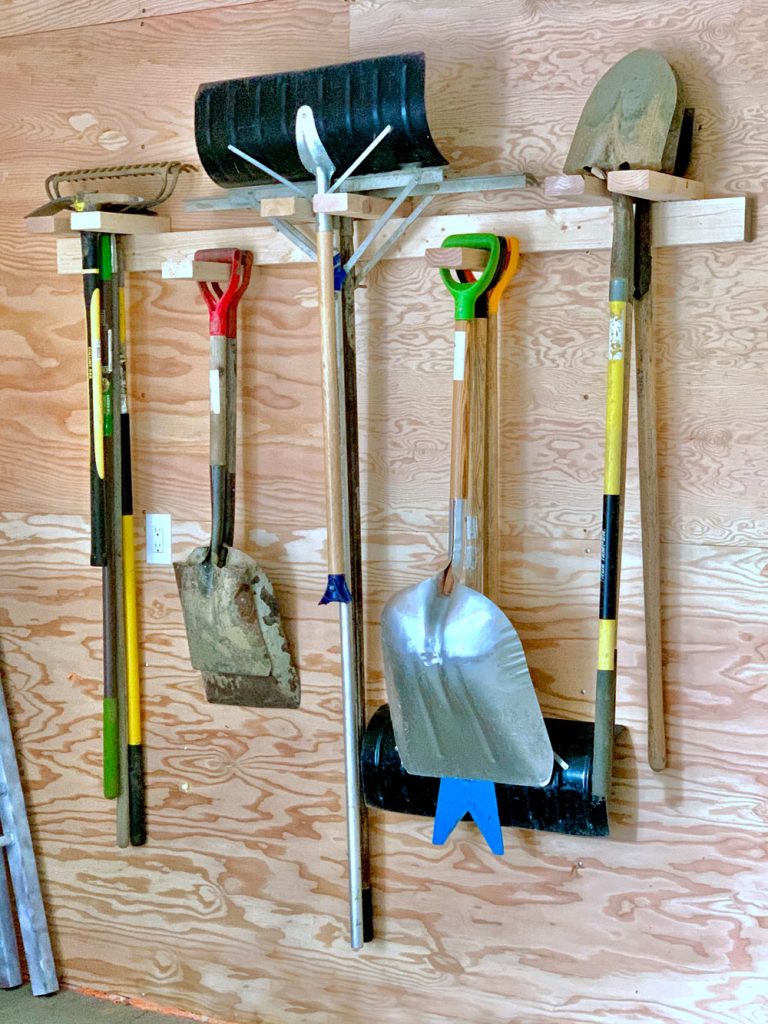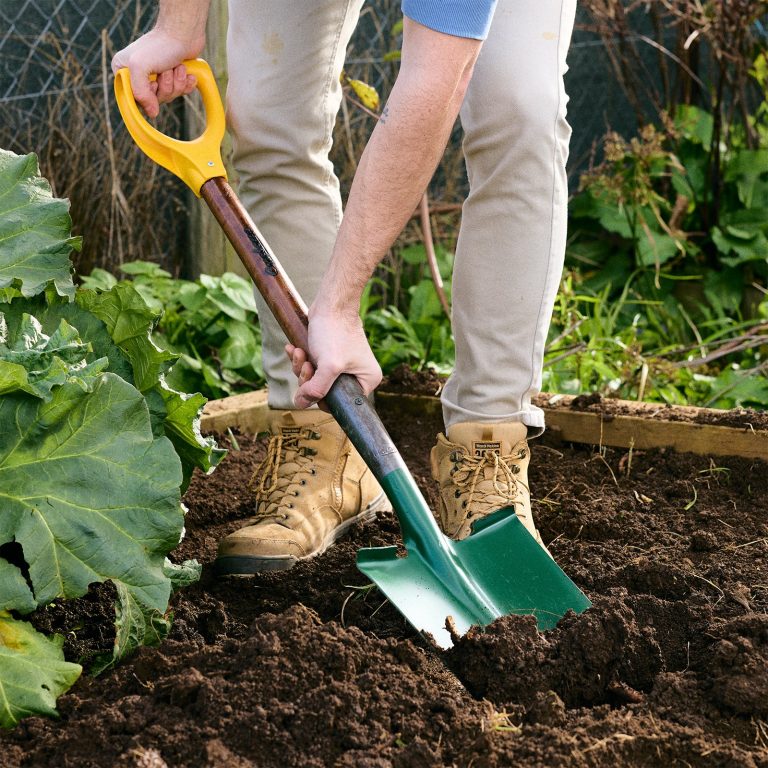The Indispensable Garden Fork: A Multi-Tasking Marvel
The garden brims with tools, each serving a unique purpose. Among them, the garden fork tool stands out as a true workhorse. Its robust construction and versatile design make it an essential ally for any gardener. With this mighty tool in hand, tasks become effortless, and the garden thrives.
The fork’s timeless form belies its incredible utility. Its sturdy tines, crafted from durable materials like steel or iron, penetrate even the most compacted soil with ease. The curved shape of the tines grasps and lifts clumps of earth, roots, and debris effortlessly. The extended handle provides leverage, reducing strain on the gardener’s back and arms during arduous tasks.
Digging and Cultivating: The Fork’s Primary Functions
Digging ranks among the fork’s primary roles. Its sharp tines pierce the soil, loosening and aerating it. This process allows air and water to reach plant roots, promoting healthy growth. The fork’s broad tines create ideal seed beds, breaking up clods and smoothing the soil surface for planting.
Cultivation is another strength of this versatile tool. The fork’s tines deftly remove weeds, severing their roots from the surrounding earth. It dislodges stubborn plants, preventing their unwanted spread. Regular cultivation with the fork preserves soil structure and moisture levels, creating an optimal environment for plants to thrive.
Mixing and Turning Compost: A Masterful Performance
The garden fork excels at mixing and turning compost piles. Its elongated tines effortlessly blend diverse organic materials, promoting aeration and decomposition. The fork’s sturdy construction withstands the weight of dense compost, ensuring thorough mixing. By regularly turning the pile with the fork, gardeners accelerate the breakdown of organic matter, producing nutrient-rich soil amendments.
Harvesting and Lifting: A Gentle Giant
During harvest season, the fork becomes an indispensable ally. Its sturdy yet gentle tines loosen and lift root crops like potatoes, carrots, and beets from the soil with minimal damage. This gentle action preserves the integrity of the vegetables, ensuring a bountiful and unblemished harvest. The fork’s leverage makes light work of unearthing larger, more stubborn crops like sweet potatoes or turnips.
Beyond the vegetable patch, the garden fork assists in lifting and moving materials across the garden. Its broad tines scoop and transport mulch, compost, or soil with ease. The extended shaft eliminates excessive bending, reducing strain on the back and knees during these physically demanding tasks.
Versatility Across All Seasons
The garden fork’s versatility extends across all seasons, making it an indispensable tool year-round. In spring, it prepares planting beds by aerating and loosening the soil, creating ideal conditions for new growth. During the warm summer months, it cultivates and removes weeds, ensuring optimal growing conditions for flourishing plants.
Autumn brings a bounty of harvests, and the fork gently retrieves crops from the earth without damaging delicate roots or tubers. Even in the depths of winter, the fork finds purpose in turning and mixing compost piles, readying them for the next growing cycle and ensuring a constant supply of nutrient-rich soil amendments.
Proper Maintenance: Extending the Fork’s Lifespan
To prolong the garden fork’s lifespan and ensure its continued effectiveness, proper maintenance is essential. After each use, gardeners should remove any clinging soil or debris from the tines and shaft. A stiff brush or wire wool can dislodge stubborn particles that may harbor moisture and cause corrosion.
Applying a light coating of oil or rust-preventative spray protects the metal components from corrosion, preserving the fork’s structural integrity. For maximum durability, the fork deserves secure storage during harsh weather or extended periods of disuse. A dry, sheltered location, such as a shed or garage, safeguards the tool from the elements and prevents premature deterioration.
Choosing the Perfect Fork: Size, Material, and Ergonomics
When selecting a garden fork, gardeners should consider their specific needs and preferences. Forks come in various sizes and tine configurations, each suited to different tasks and garden spaces. Smaller forks with narrower tines excel in tight spaces or raised beds, while larger forks with broader tines tackle more extensive areas and heavier tasks with ease.
The fork’s material also plays a crucial role in its performance and longevity. Carbon steel forks offer exceptional strength and durability but may require more diligent maintenance to prevent rust. Stainless steel options resist corrosion and maintain their sleek appearance with minimal effort, though they can be more expensive.
Ergonomic considerations should not be overlooked. Forks with cushioned or textured grips provide added comfort during extended use, reducing hand fatigue and improving control. Adjustable or telescoping handles accommodate gardeners of varying heights, minimizing strain on the back and shoulders.
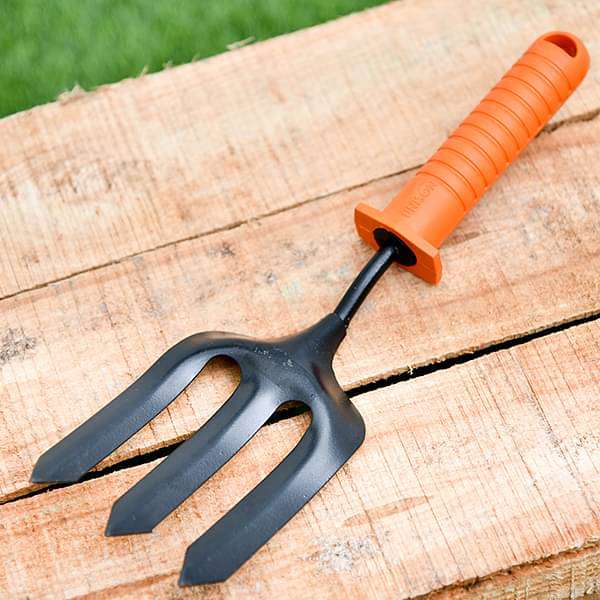
The Garden Fork’s Enduring Legacy
The garden fork’s history stretches back centuries, its design evolving alongside agricultural practices and human ingenuity. Ancient civilizations employed primitive versions for tilling and cultivating the land, harnessing the power of this simple yet effective tool.
As gardening techniques advanced and horticultural knowledge grew, so too did the fork’s form and function. Craftsmen refined its shape, optimizing the angle and curvature of the tines for maximum efficiency. Innovations in metallurgy yielded stronger and more durable materials, enhancing the fork’s longevity and performance.
Today, this humble tool remains a staple in gardens worldwide, a testament to its enduring practicality and versatility. Its simplicity belies its profound impact on mankind’s ability to nurture the earth and harvest its bounty. The garden fork’s enduring presence serves as a reminder of our deep-rooted connection to the soil and the timeless art of cultivation.
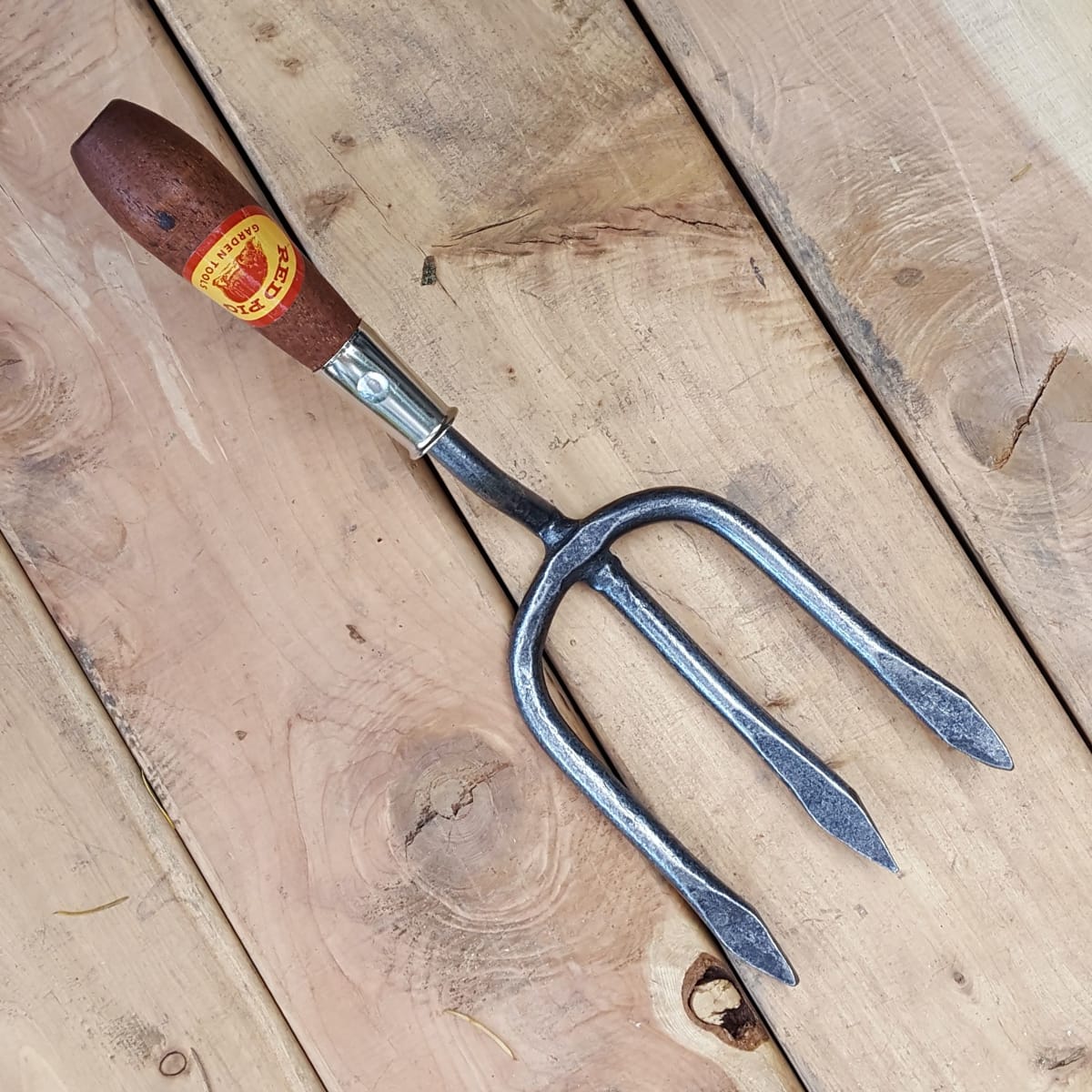
The Garden Fork: A True Multi-Tasker
In the realm of gardening tools, the garden fork reigns supreme. Its unassuming appearance masks a multitude of capabilities that extend far beyond its primary functions of digging and cultivating. From mixing and turning compost to gently harvesting crops and lifting heavy materials, this versatile implement tackles tasks with unwavering dependability.
Properly maintained and selected for the gardener’s specific needs, the garden fork stands as a faithful companion through every season. Its rugged construction and ergonomic design ensure years of reliable service, making it an invaluable investment for any garden enthusiast.
Whether tending a sprawling vegetable patch, meticulously manicured flower beds, or a modest backyard oasis, the garden fork’s multifaceted nature earns it a coveted place in every gardener’s toolkit. Embrace its might, and unlock the full potential of your garden with this indispensable, multi-tasking marvel.
